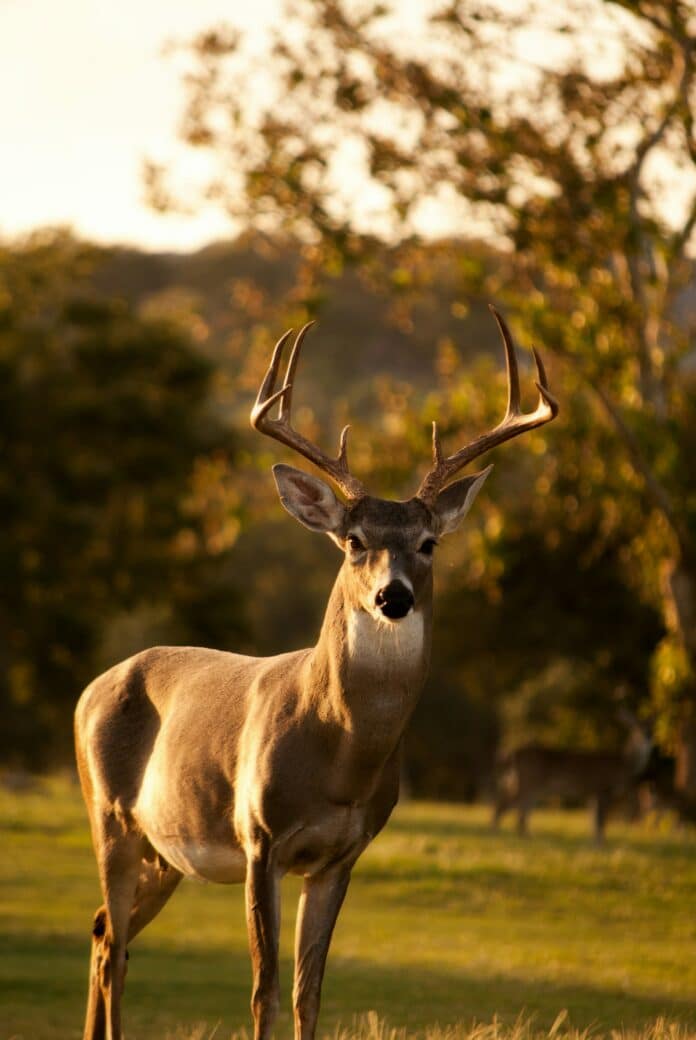I happened to be out and about on land owned by the Waller Brothers Cattle and Land, when I spotted a beautiful, healthy buck. But, he was sporting only one side of his rack of antlers. Made me wonder if the deer in the northeast corner, and elsewhere in our county, were beginning to shed their antlers. Well, here it is, four days later and I just watched a mighty handsome buck stroll by, mere miles away from the last one and yes, he too had only one side.
Ya see, white-tailed deer shed their antlers every year before the re-growth of new ones. The entire shedding process takes only two to three weeks to complete, and of course, the re-growth phase takes place over the summer up into very early fall.
Bucks have their antlers throughout spring, summer, and most of the winter, but shed them sometime between January and March, after the rut and breeding season comes to an end. A buck can live well without antlers post-breeding because they do not need to fight off other bucks for territory and does. He’ll begin growing his new set shortly after shedding the old set and the new rack will grow rapidly and harden sometime early in the fall.
But hey, if you didn’t collect any antlers during the hunting season, never fear, now is a fantastic chance to find yourself some. More and more people are taking to theSoribgtime woods, in search of fallen antlers. I’ve even picked up a handful of antlers myself while scouting for spring gobbler season.
Shed hunting has grown in popularity so much that there are dogs specially trained to search out and retrieve shed antlers like a bird dog would find quail. Many dogs can learn to be good shed-hunting dogs, but it is more common for hunters to with their bird or duck hunting dog. Anytime deer are shedding in your neck of the woods is a great opportunity to spend time in the field with your dog shed hunting.
Bedding areas are typically areas where I find the most sheds. Areas consisting of thick cover where mature bucks will spend a large portion of their day resting and hiding from predators. They tend to prefer to bed in tall grasses, brushy thickets and heavily wooded pockets of timber. When winter hits, these bucks tend to prefer south-facing slopes to expose themselves to the longest amount of sunlight to increase their external body heat and preserve energy.
Fence crossings are the second such place where I find sheds. The jarring act of landing, after jumping over a fence, can be all that it takes to remove the loosened antler. Good luck when you’re in the field scouting, hiking or camping. With any luck, you just might find yourself some antlers.
If you have any questions or comments on this week’s column, or would just like to share a hunting story of your own, reach out to me at [email protected]. God Bless, and good hunting!

